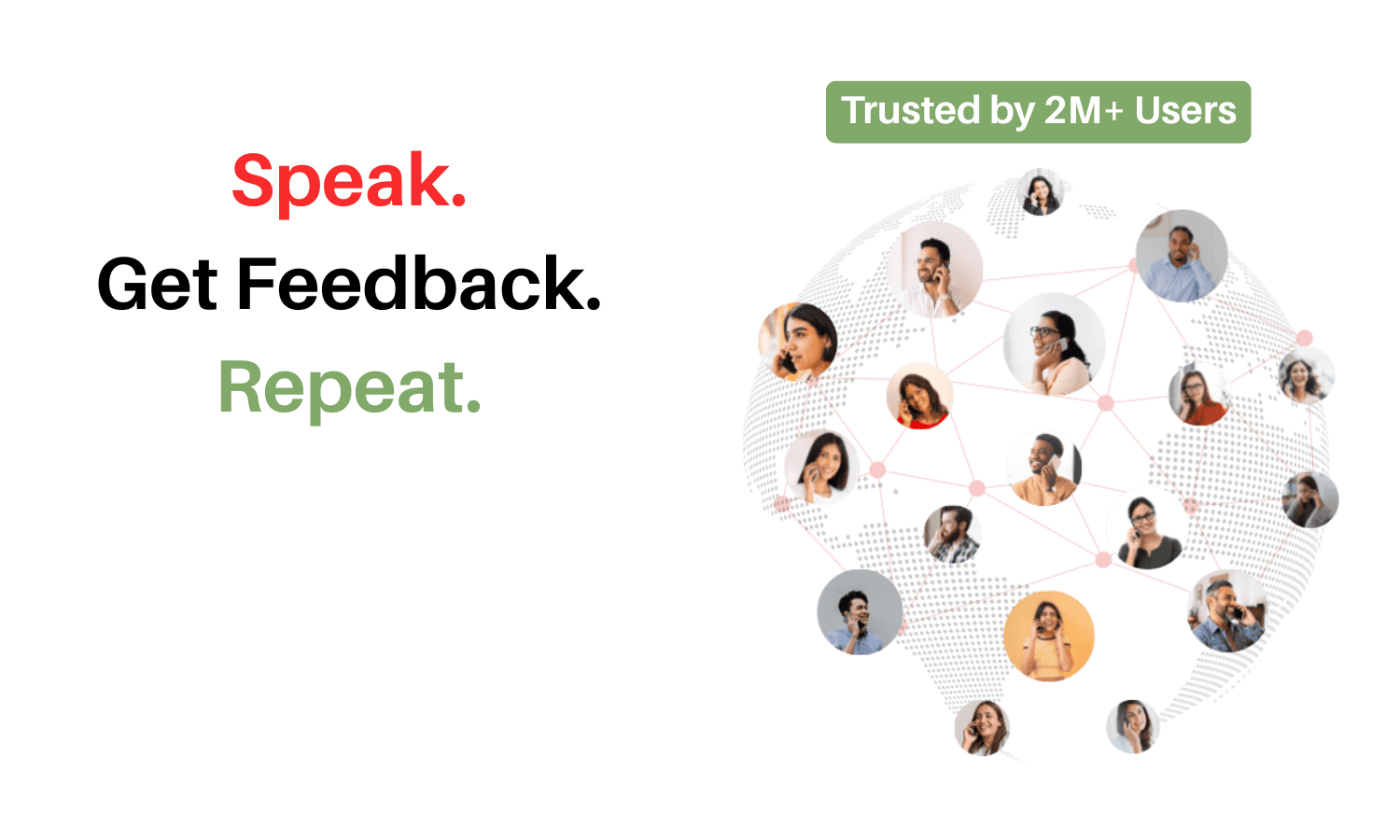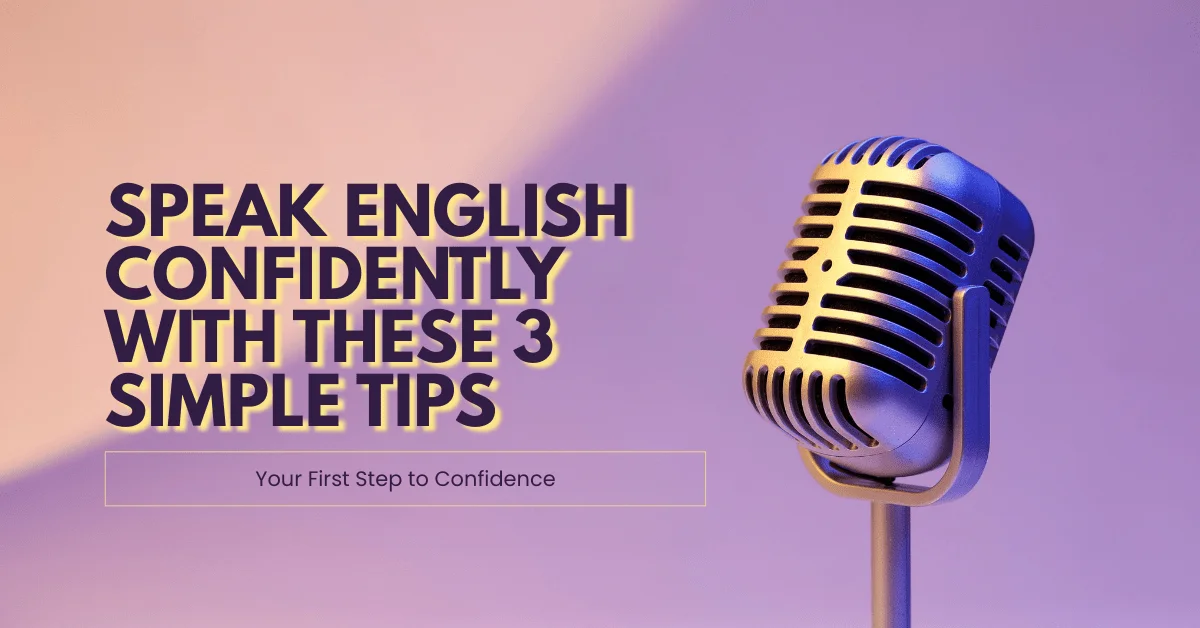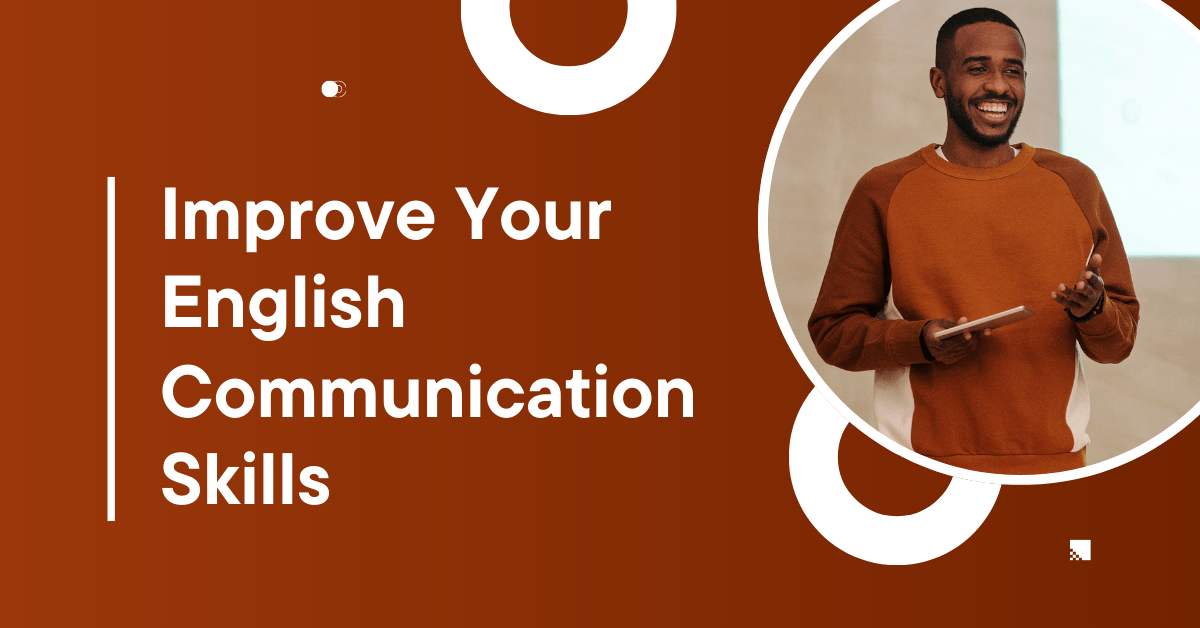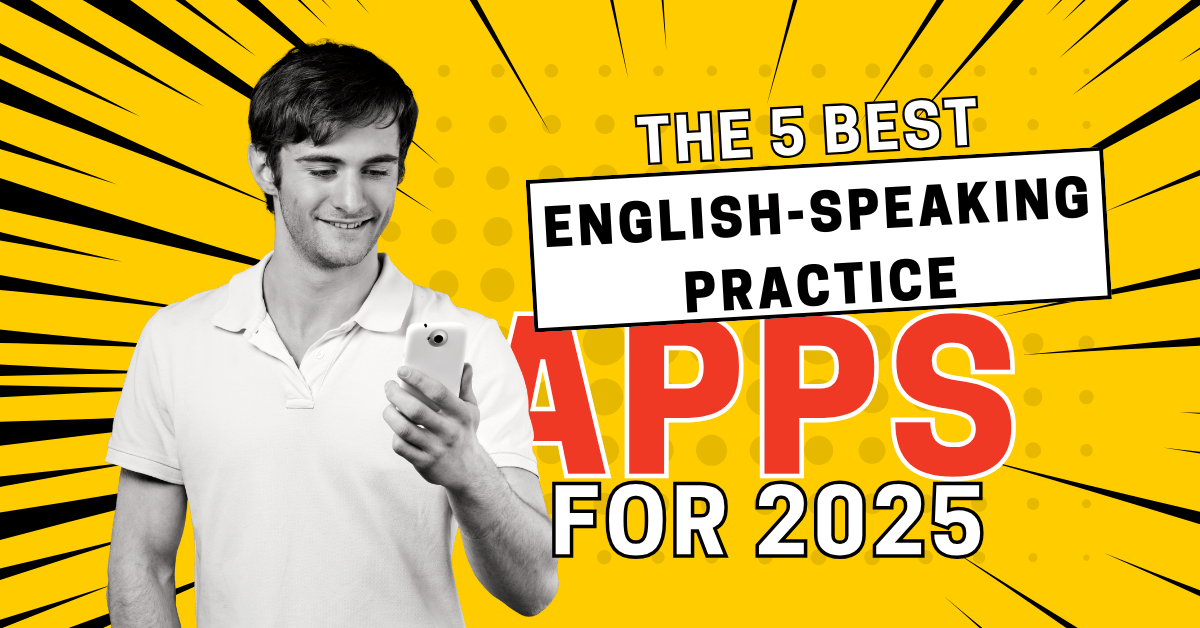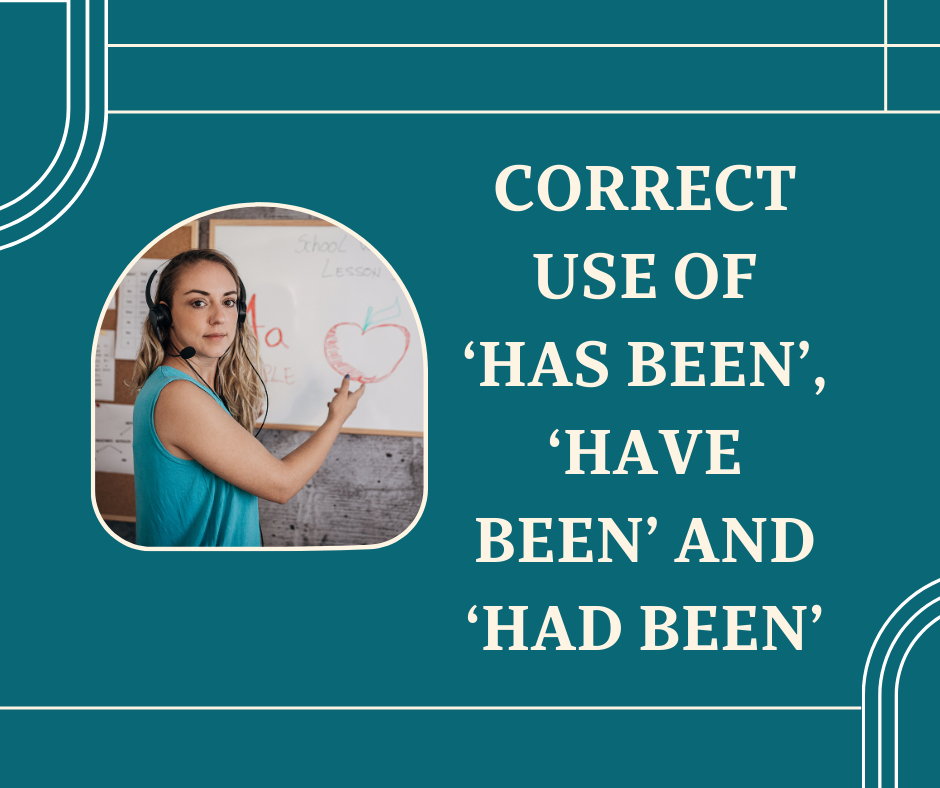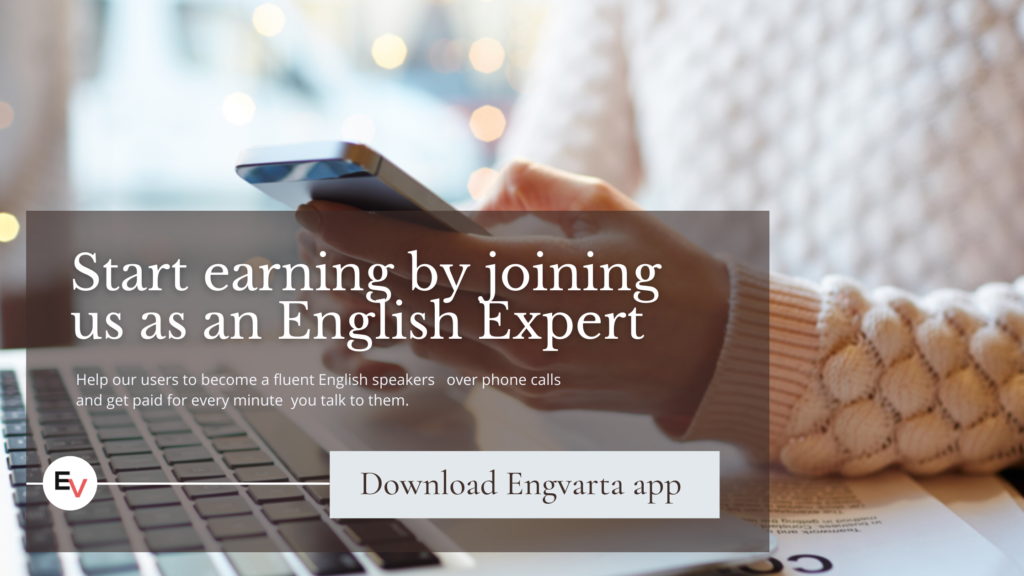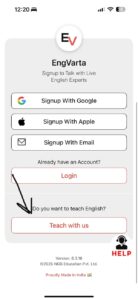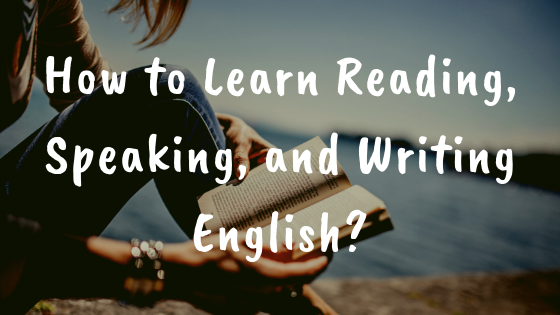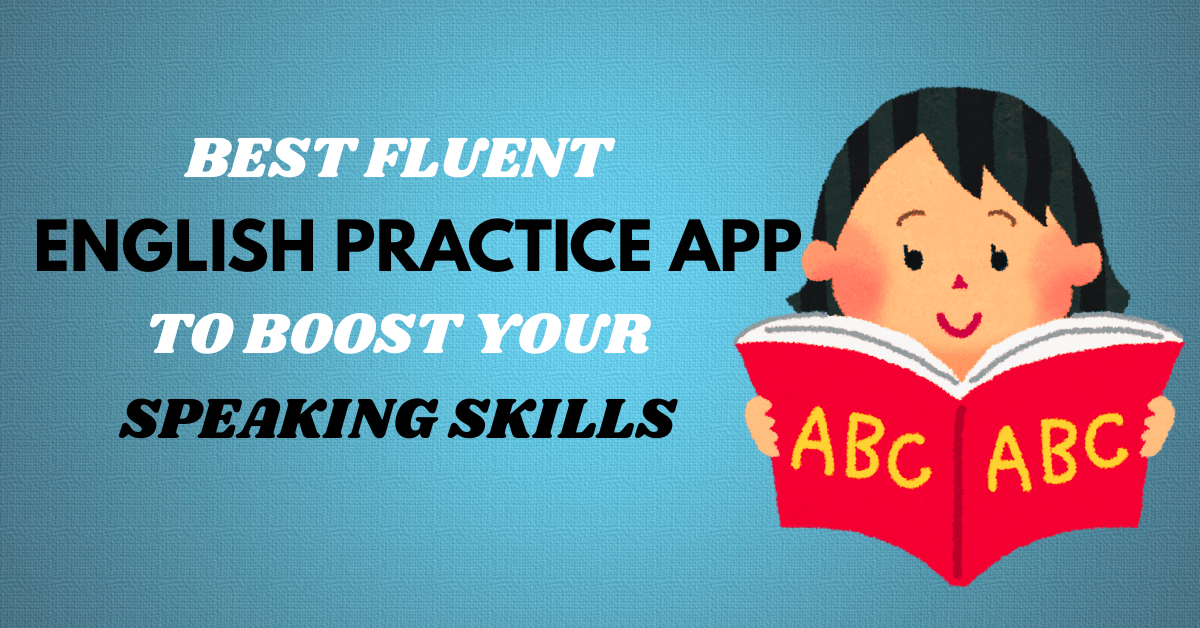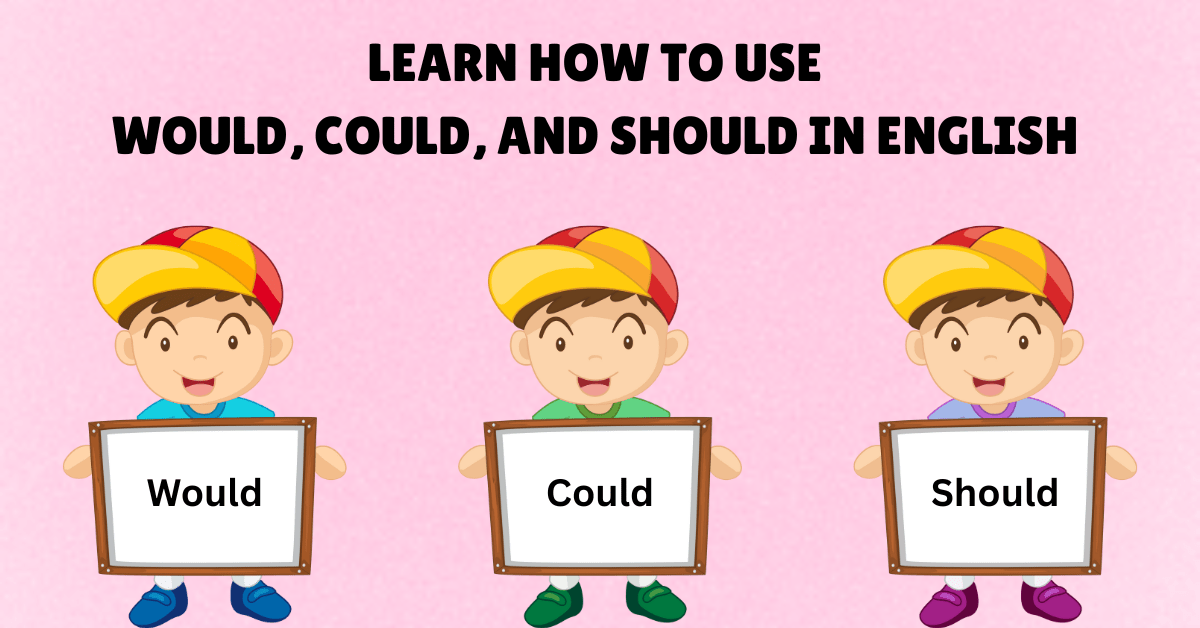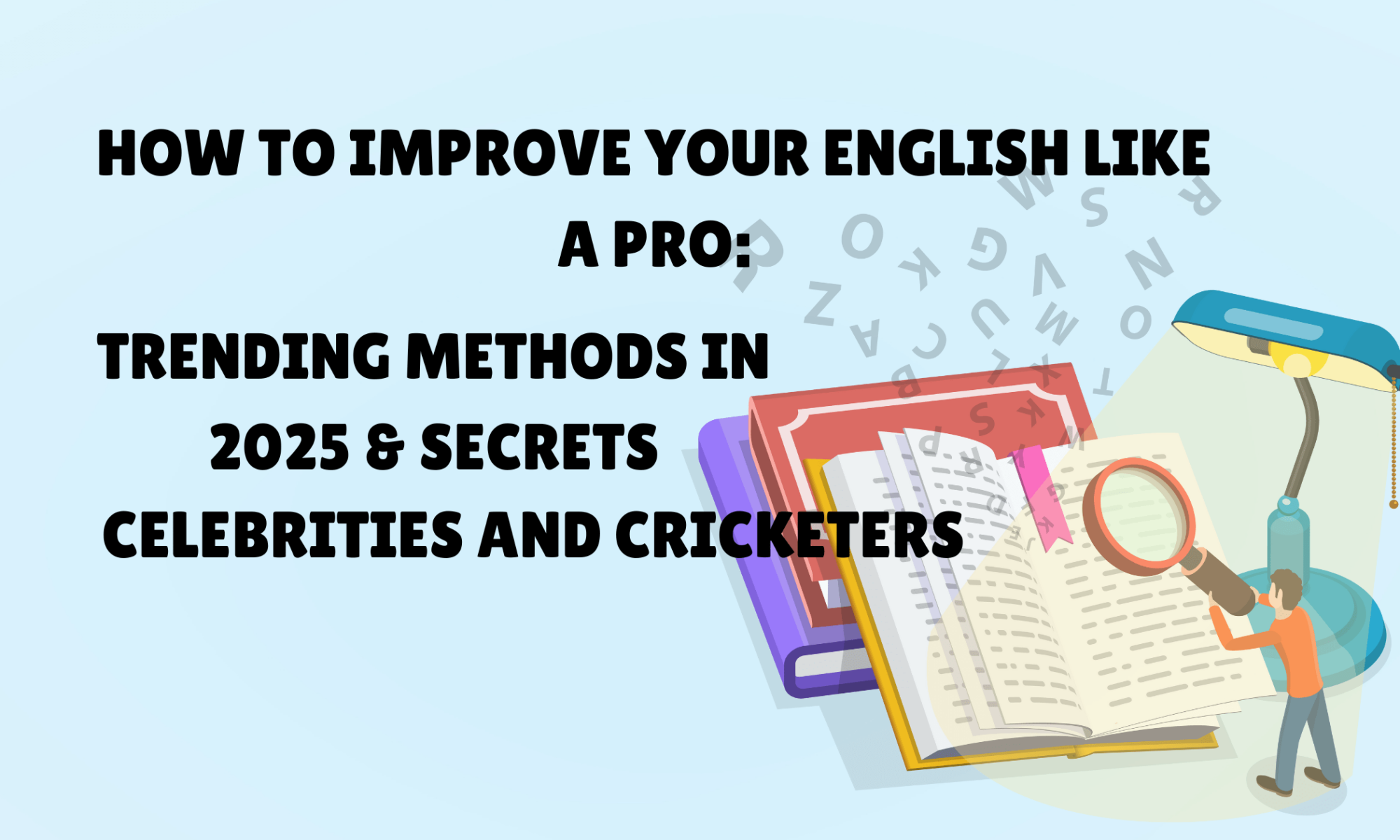To become fluent in English in 2026, you don’t need perfect grammar or advanced vocabulary.
You need confidence, consistency, and real speaking practice.
Most English learners already understand the language.
They can read emails, watch videos, and follow conversations.
Yet when it’s time to speak, they hesitate.
That hesitation is not because of lack of knowledge.
It’s because fluency is built through daily use, not study alone.
In this blog, you’ll learn 10 tips to become fluent in English in 2026, even if you feel stuck today.
Why Many Learners Struggle to Become Fluent in English
Before fixing the problem, it’s important to understand it.
Most learners struggle because:
-
They translate sentences in their head
-
They fear making mistakes
-
They don’t speak English regularly
-
They rarely get feedback on their speaking
Fluency improves only when English becomes a daily habit, not an occasional activity.
👉 You may also find this helpful:
Speak English Confidently With These 3 Simple Tips
This blog explains why confidence breaks down and how consistent practice helps rebuild it.
1. Stop Waiting for Perfect English
People who become fluent in English are not perfect speakers.
They pause.
They correct themselves.
They keep speaking.
Waiting for perfect sentences increases hesitation.
Speaking imperfectly builds fluency.
2. Think in Ideas, Not Sentences
Instead of thinking:
“How do I say this in English?”
Think:
“What is the idea I want to express?”
This shift helps you respond faster and speak more naturally.
3. Speak Every Day—Even for 10 Minutes
To become fluent in English, consistency matters more than long study hours.
Speaking English for 10–15 minutes daily trains your brain to:
-
Reduce hesitation
-
Respond faster
-
Feel comfortable expressing thoughts
Daily speaking builds confidence gradually.
4. Practice with Feedback
Speaking alone helps, but speaking with feedback helps faster.
Feedback shows you:
-
What sounds unnatural
-
Where you hesitate
-
How to improve sentence flow
Without feedback, the same mistakes repeat.
5. Learn Vocabulary Through Real Situations
Memorising word lists does not help you become fluent in English.
Words become useful when:
-
You learn them in real situations
-
You use them in conversations
-
You hear corrections immediately
Context makes vocabulary stick.
6. Focus on Clarity, Not Accent
You don’t need a foreign accent to become fluent in English.
Clear pronunciation and natural pace matter more than accent.
If people understand you easily, your English is effective.
7. Replace Passive Learning with Active Speaking
Watching English videos feels productive, but fluency needs action.
Try:
-
Answering questions aloud
-
Explaining opinions
-
Reacting in real time
Speaking activates learning far more than watching.
8. Practice Real Conversations
Scripted dialogues don’t prepare you for real life.
Real conversations include:
-
Unexpected questions
-
Interruptions
-
Natural pauses
Handling these situations builds real fluency.
9. Measure Progress by Comfort, Not Grammar
Instead of asking:
“Is my grammar perfect?”
Ask:
-
Do I hesitate less?
-
Do I express ideas faster?
-
Do I recover quickly after mistakes?
These are signs that you are becoming fluent in English.
10. Build a Speaking System, Not Motivation
Motivation fades.
Systems stay.
To become fluent in English, you need:
-
Fixed daily speaking time
-
Real conversation partners
-
Regular feedback
When speaking becomes routine, confidence follows naturally.
How EngVarta Helps You Become Fluent in English
EngVarta is built around how people actually become fluent in English.
With the EngVarta app, learners get:
-
1-on-1 live English conversations with trained experts
-
Daily speaking practice in real-life situations
-
Personalised feedback after every session
-
A safe space to make mistakes and improve
Instead of memorising rules, learners use English every day — which builds fluency and confidence together.
Start Your English Speaking Practice Today
Fluency doesn’t arrive suddenly in 2026.
It is built one conversation at a time.
👉 Download the EngVarta App
Download for Android | Download for iOS
Follow EngVarta for Daily English Practice Tips
-
Instagram: https://www.instagram.com/engvarta
-
YouTube: https://www.youtube.com/@EngVarta
-
Facebook: https://www.facebook.com/engvarta
Final Thought
By the end of 2026, you’ll either say:
“I wish I had started speaking earlier.”
Or:
“I’m glad I practiced even when it felt uncomfortable.”
To become fluent in English, action matters more than intention.
Frequently Asked Questions (FAQs)
-
How does EngVarta help learners become fluent in English?
EngVarta offers daily 1-on-1 English conversations with experts, personalised feedback, and real-life speaking practice, helping learners build fluency and confidence step by step.
-
How can I practice speaking English daily if I don’t have a partner?
You can practice daily by using English speaking apps, joining live conversation platforms, or speaking with trained experts who provide real-time feedback.
-
Is grammar important to become fluent in English?
Basic grammar is useful, but fluency mainly comes from speaking regularly. Grammar improves naturally as you start using English more often in daily conversations.
-
Can I become fluent in English without joining coaching classes?
Yes. Many learners become fluent in English through consistent self-practice, real conversations, and feedback, without attending traditional coaching institutes.
-
How long does it take to become fluent in English?
The time to become fluent in English depends on how regularly you speak. With daily practice and real conversations, many learners notice better confidence and smoother speaking within a few months.
